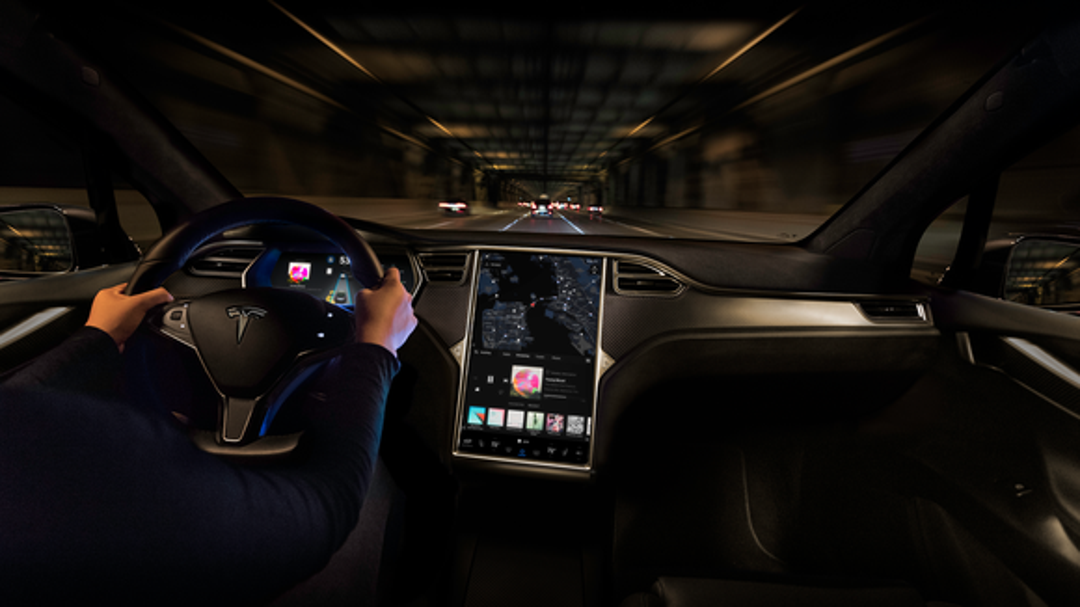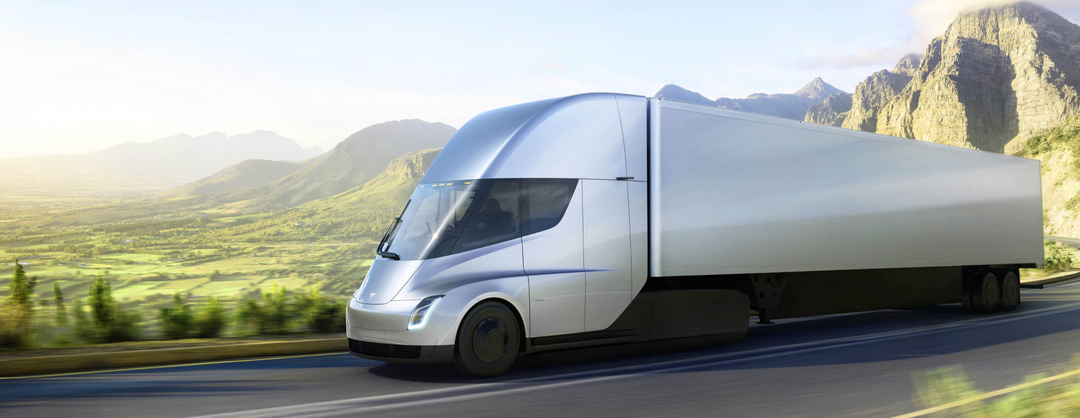No less than two years ago, Tesla was facing what many considered to be a make-or-break moment.
The verdict is in: Tesla made it.
The electric vehicle maker turned a surprising profit in the third quarter of 2019, beginning a streak of four straight periods in the black and inspiring confidence in investors that the company's future is bright.
Less than a year after Tesla's stock hit a low of $211 in August 2019, the company's shares have soared to stunning new heights, hitting a peak of $1,675 on July 20.
Gone are the days of 2018 when Tesla was struggling to produce the Model 3 compact car, burning cash rapidly and prompting serious questions about its ability to survive.
The meteoric rise in Tesla's stock price since then has come as the company managed to speed up Model 3 output, launch production of the Model Y crossover, cut unnecessary costs and shake off questions over the leadership of CEO Elon Musk. It has also come despite the COVID-19 pandemic, which temporarily shut down Tesla production and undermined the finances of prospective buyers.
With the company's short-term survival no longer in question – today it is the most valuable automaker in the world, according to the stock market – it can now turn its attention to charting a long-term path of success.
Here are six key storylines to watch that will help determine the company's future.
Is your next car a Tesla?: Here's what's next from Elon Musk's electric vehicle company
Big payday: Tesla CEO Elon Musk awarded stock worth more than $700 million
Price cut: Tesla cuts prices of Model Y electric SUV up to $3,000
1. Will people actually buy the Cybertruck?
When Tesla initially revealed the futuristic-looking, stainless-steel bodied Cybertruck pickup in November, reactions ranged from "eccentric" to "eye-popping" to "weird" to a "piece of junk."
Boasting strong technical specifications, including a whopping towing capacity of more than 14,000 pounds, and a promised starting price of about $40,000, the Cybertruck quickly racked up more refundable deposits than Tesla said it expected.
But refundable deposits don't necessarily translate into orders. Let's wait to see if buyers actually make the purchase when the vehicle launches production, which was supposed to happen in late 2021. When will that actually begin? That leads us to our next question.

2. When will the company's new U.S. factory open?
Tesla confirmed July 22 that it had picked the Austin, Texas, area as the site for its second U.S. vehicle assembly plant, which is expected to employ at least 5,000 workers. The plant, which follows the company's factory in Fremont, California, will build the Cybertruck and the Model Y and Model 3 for distribution to the East Coast.
Musk told investors on a July 22 earnings call that work is already underway on the plant.
But it's unclear when it will be ready to make vehicles. Tesla recently built a new plant in Shanghai in about a year, but the environment for new construction in China is vastly different than the environment in the U.S., where automotive plants typically take two to three years to construct.
The faster the plant goes up, the faster Tesla can increase production volume, lower costs and boost sales.
3. Can Tesla make a lot of money?
This is still an open question. On one hand, the luxury electric vehicles the company has sold so far tend to come with a premium price tag, which translates into premium profits. The Model S sedan and Model X SUV often sell for more than $100,000, for example.
But to rack up profits in the long run, the company may need to redesign the aging Model S and Model X and expand its lineup to more affordable vehicles, which will require lowering battery costs. Musk is planning a presentation on Sept. 22 to tell analysts and the media about the company's recent battery advancements.
Tesla Chief Financial Officer Zachary Kirkhorn told investors on the earnings call that the company is targeting an operating profit margin in the "low teens" in the "medium term."
But no major automaker has margins above 8% today, according to Sanford Bernstein analyst A.M. (Toni) Sacconaghi, Jr., who said Thursday in a research note that "it is unclear Tesla will be able to break this barrier, absent unique progress in" self-driving car technology
Which leads us to the fourth question.

4. Will Tesla's self-driving car technology beat the competition?
Tesla has made significant advancements on its so-called Autopilot technology, which enables the car to steer, accelerate, brake and perform other functions on its own, including the ability to navigate some intersections in an automated fashion. But Musk has repeatedly pledged that "full self-driving" capability is on the way.
"I personally tested the latest alpha build of the full self-driving software when I drive my car. And it is really, I think, profoundly better than people realize," Musk said on the earnings call. "It's almost getting to a point where I can go from my house to work with no interventions, despite going through construction and widely varying situations."
That capability, if described accurately, is impressive, but a wide range of automotive and tech companies are working on similar technology. Tesla has come under government scrutiny in the past for making over-the-top claims about the capability of its self-driving systems. We'll see if the company can deliver the goods, which would likely help boost profits due to the premium customers are expected to pay for autonomous technology.

5. Will the Tesla Semi finally arrive?
Musk debuted an electric semi nearly three years ago, bragging that the battery-powered vehicle would revolutionize long-haul shipping. But the vehicle was later sidelined as Tesla was forced to place most of its focus on getting the Model 3 out into the world.
Now, the Tesla Semi might finally be on the way. Tesla automotive division president Jerome Guillen said on the earnings call that "we'll start production next year" on the Tesla Semi.
Competition is bearing down. Upstart truck maker Nikola Corp., which took its moniker after the first name of electricity pioneer Nikola Tesla, recently went public and is making bold declarations about its forthcoming hydrogen semi and electric pickup.
Musk, for his part, has called hydrogen fuel cells "fool cells," describing them as overhyped.
6. Can Elon Musk avoid further trouble?
Musk got himself into hot water in 2018 when he tweeted that he had secured financial commitments to take the company private. The Securities and Exchange Commission later determined that he had not done so. The agency then briefly sought to restrict Musk from ever working again as an executive for Tesla, or any other publicly traded company.
He eventually reached a settlement that required him to temporarily relinquish his post as chairman and get his future market-moving tweets pre-approved by legal counsel.
Since then, he has continued to needle the SEC, maintaining that the agency enables investors who bet on the company's stock to decline.
On July 2, he tweeted that Tesla would "make fabulous short shorts in radiant red satin with gold trim," adding later that he would "send some to the Shortseller Enrichment Commission to comfort them through these difficult times."
Musk is widely considered to be more important to Tesla than perhaps any other executive to another automaker. So it's critical for him to avoid further legal trouble that could jeopardize his job.
Follow USA TODAY reporter Nathan Bomey on Twitter @NathanBomey.
"electric" - Google News
July 27, 2020 at 05:01PM
https://ift.tt/32Wssea
6 keys to Tesla's future: Elon Musk's electric car maker beats existential threats - USA TODAY
"electric" - Google News
https://ift.tt/2yk35WT
https://ift.tt/2YsSbsy
Bagikan Berita Ini














0 Response to "6 keys to Tesla's future: Elon Musk's electric car maker beats existential threats - USA TODAY"
Post a Comment